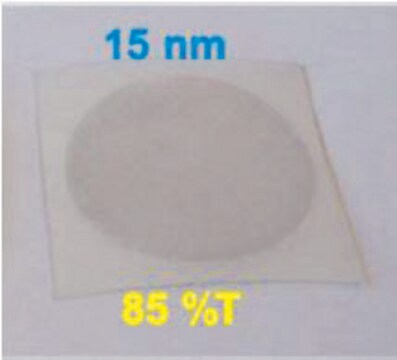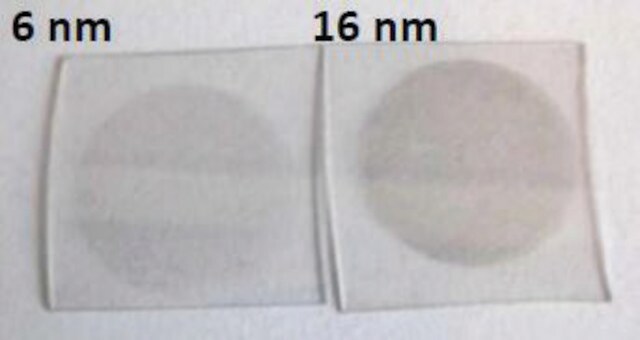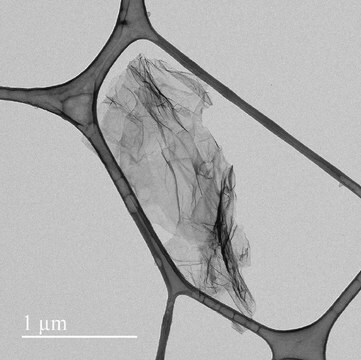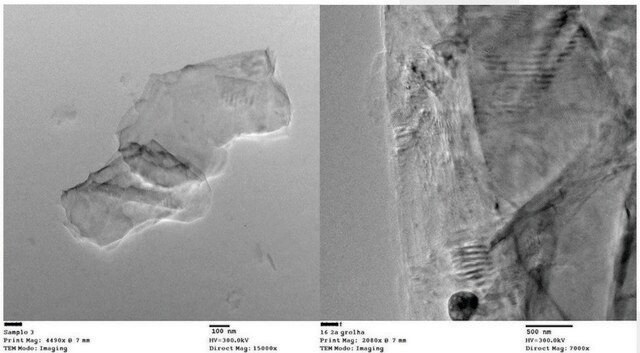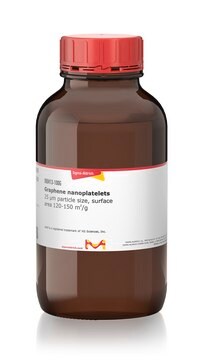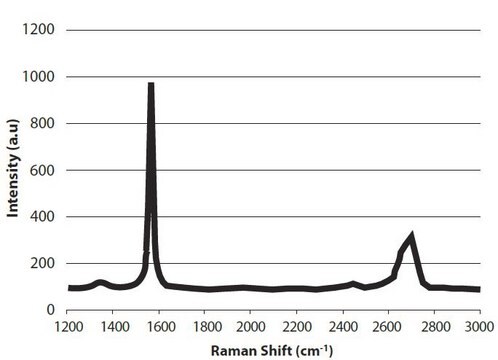803839
Graphene dispersion
10 mg/mL,dispersion in NMP
About This Item
Productos recomendados
product name
Graphene dispersion, 10 mg/mL, dispersion in NMP
form
dispersion (in NMP)
composition
Graphene, 1 wt. %
NMP, 99 wt. %
concentration
10 mg/mL
sheet resistance
<103 Ω/sq (graphene)
thickness
1-10 nm , graphene
storage temp.
2-8°C
General description
No any surfactants or stabilizers exist on the graphene surface.
Application
- Graphene-based composites
- Sensors
- Biomedicines
- Nanodevices
signalword
Danger
hcodes
Hazard Classifications
Eye Irrit. 2 - Repr. 1B - Skin Irrit. 2 - STOT SE 3
target_organs
Respiratory system
Storage Class
6.1C - Combustible acute toxic Cat.3 / toxic compounds or compounds which causing chronic effects
wgk_germany
WGK 1
flash_point_f
195.8 °F
flash_point_c
91 °C
Elija entre una de las versiones más recientes:
¿Ya tiene este producto?
Encuentre la documentación para los productos que ha comprado recientemente en la Biblioteca de documentos.
Los clientes también vieron
Artículos
Graphene is a unique two-dimensional (2D) structure of monolayer carbon atoms packed into a dense honeycomb crystal that has attracted great interest due to its diverse and fascinating properties.
Since its discovery little more than a decade ago,1 the two-dimensional (2D) allotrope of carbon—graphene—has been the subject of intense multidisciplinary research efforts.
Advanced technologies for energy conversion and storage are widely sought after for their potential to improve consumer and electronic device performance as well as for the prospect of reducing the societal and environmental impact of energy generation.
The production of hydrogen by catalytic water splitting is important for a wide range of industries including renewable energy petroleum refining and for the production of methanol and ammonia in the chemical industry.
Nuestro equipo de científicos tiene experiencia en todas las áreas de investigación: Ciencias de la vida, Ciencia de los materiales, Síntesis química, Cromatografía, Analítica y muchas otras.
Póngase en contacto con el Servicio técnico